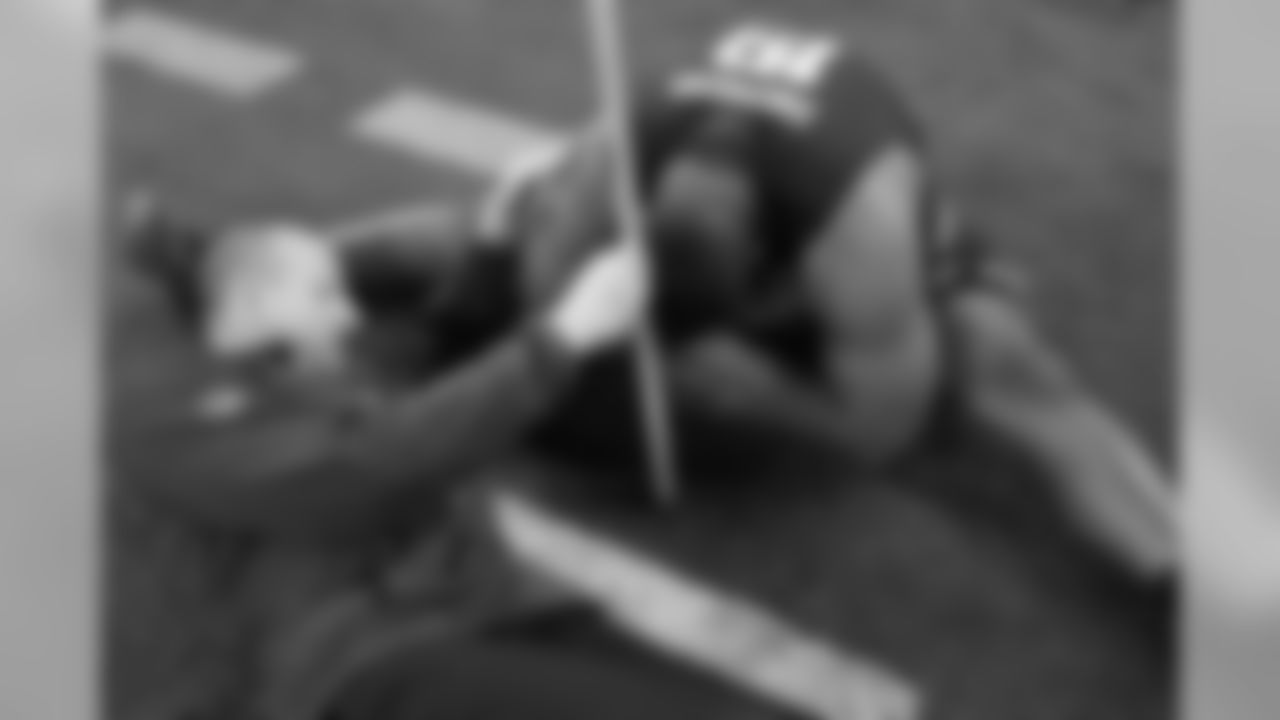INDIANAPOLIS — Each year, the final day of the NFL Combine is reserved for defensive backs' on-field workouts. It's no different in 2018, but this could prove to be an important day for the Rams.
There's been wide speculation that Los Angeles will select a defensive back with its first-round pick in this spring's NFL Draft from mock drafts around the web and analysts all over the nation. And in coordinator Wade Phillips' defense, it's important that those cornerbacks have strong man-coverage skills.
"With Wade's defense, when you just look at some of the core principles, there's a premium on guys that can rush the passer and cover," head coach Sean McVay said at the Combine last week. "And, really, that's most defenses in general with what that enables you to do."
"Wade does a lot of — and most offensive coordinators would know this — he has a lot of man principles. Some really good defenses have a lot of zone principles," general manager Les Snead said. "Now, nowadays in the NFL, whoever you are as a coordinator you can't just do man or zone — you've got to mix it up. But I think when you've got a lot of — your coverage is based out of man and you've got someone that you can put on a very good man on the other side of the ball … it frees you up to do other things with the other 10 players and get creative with blitz packages and all of that."
Because college offenses are playing with more and more spread schemes, defensive backs are becoming more important at lower levels of football. According to Snead, this can affect the scouting process, depending on the athlete and his position.
"I think for the good of football there's probably more defensive backs available in terms of, let's call it a pool to select from," Snead said. "Because starting in whatever league, you're [playing] 7-on-7 — they don't bring the DL or the linebackers to 7-on-7 [tournaments]. A lot of times it's five or six DBs so there's more players playing that position.
"But it's interesting in college, too, it gets specialized, as depending on the conference they're in, the offenses they play against, you might have a corner who's built to play on the outside but it was best for his college team to play on the inside based on who they were playing and what other teams' quarterbacks can do and things like that," Snead continued. "And you don't get a chance to see the guy play on the outside. So, it poses some difficulties."
The challenges, however, can lead to some fairly creative scouting strategies in order to project how the player may best fit within a defense.
"You have to look at those traits and then you have to predict that you can — and the coaching staff can — develop him to play out there," Snead said. "Obviously, any time you're doing it, you'd love to say, 'OK we saw him do it.' But it was interesting, I was talking to one college coach who has a corner in the draft. He had a great story in that [the corner] played at a high school, they … played a deep-zone coverage. The conference he was in didn't throw the ball a lot. But you got this big athlete. So he ended up watching him as a vice on punt team, because that's when he's up pressing the gunner on the punt team. He says, 'OK that's when I saw him press, flip his hips, and things like that.' So it was interesting how he said how he found this particular corner. But you've got to do those type of things."
Check out some of the best photos of defensive linemen and linebackers at the 2018 NFL Combine













































